PDF-Working with our communities for a better environment E mahi ngatahi e
Author : jordyn | Published Date : 2021-08-23
Kohi Point Scenic ReserveBait Station Operation 2009Bay of Plenty Regional CouncilOperations Publication 201004September 20105 Quay StreetP O Box 364WhakataneNEW
Presentation Embed Code
Download Presentation
Download Presentation The PPT/PDF document "Working with our communities for a bette..." is the property of its rightful owner. Permission is granted to download and print the materials on this website for personal, non-commercial use only, and to display it on your personal computer provided you do not modify the materials and that you retain all copyright notices contained in the materials. By downloading content from our website, you accept the terms of this agreement.
Working with our communities for a better environment E mahi ngatahi e: Transcript
Download Rules Of Document
"Working with our communities for a better environment E mahi ngatahi e"The content belongs to its owner. You may download and print it for personal use, without modification, and keep all copyright notices. By downloading, you agree to these terms.
Related Documents

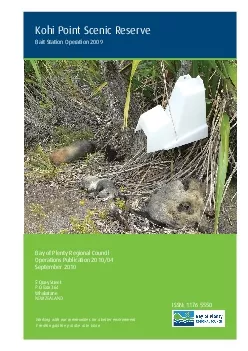
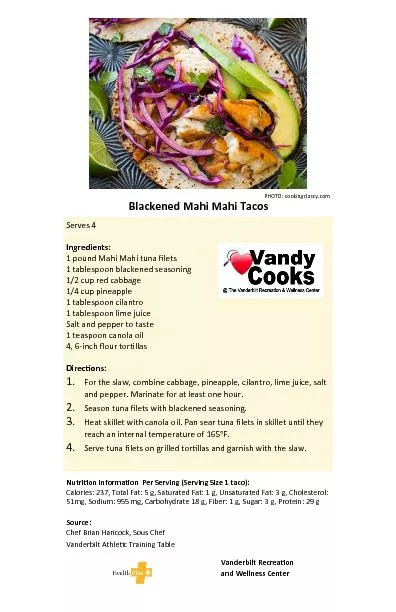
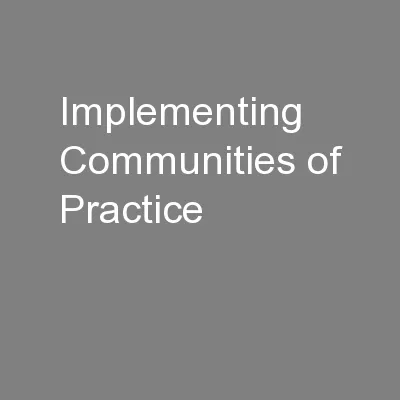
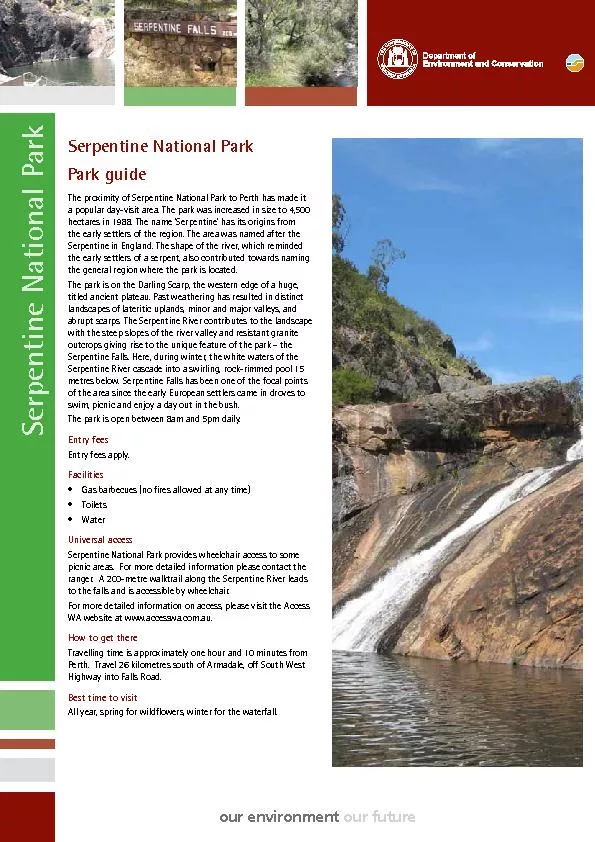

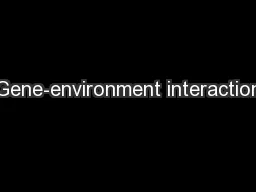


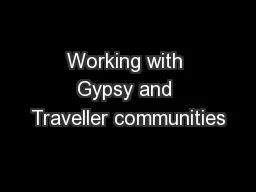
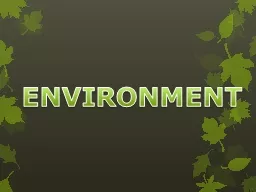
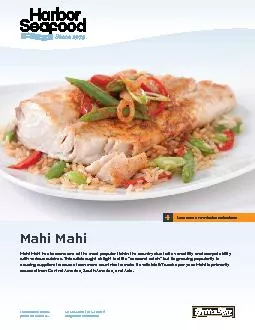
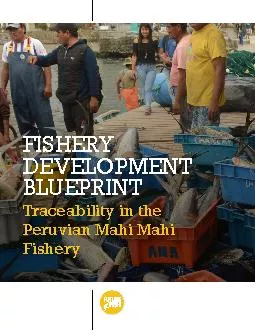
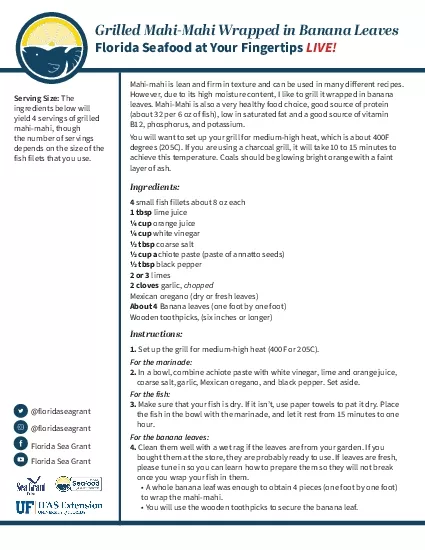
![[DOWNLOAD] Food Fix: How to Save Our Health, Our Economy, Our Communities, and Our Planet--One](https://thumbs.docslides.com/882628/download-food-fix-how-to-save-our-health-our-economy-our-communities-and-our-planet-one-bite-at-a-time.jpg)